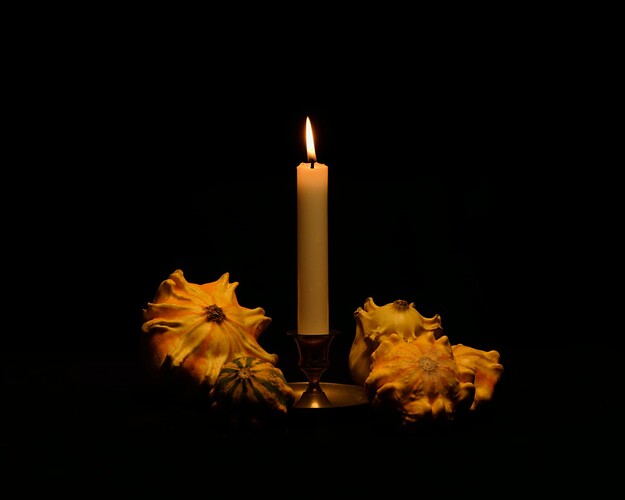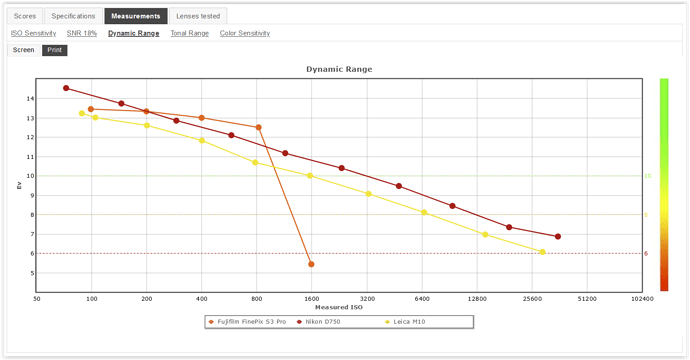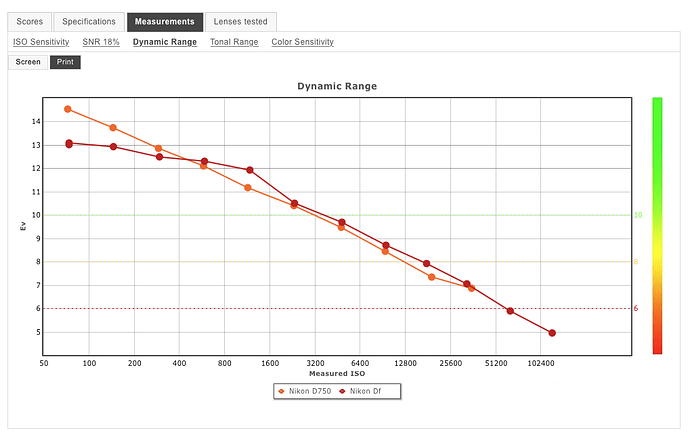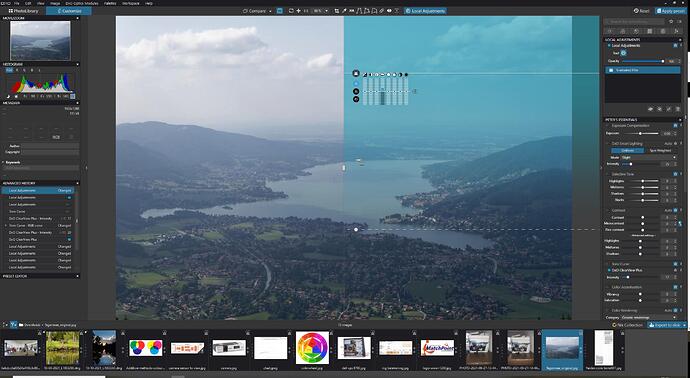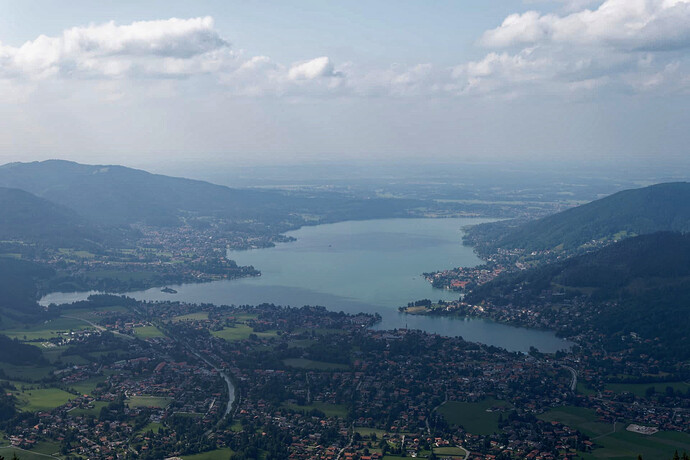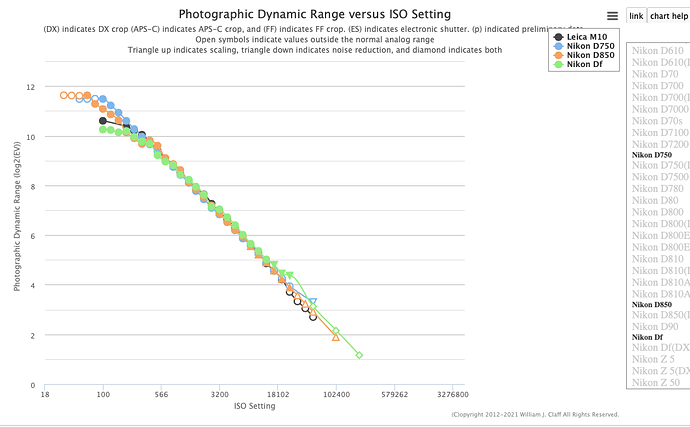Lets make some definitions.
1 megapixels=> resolution => so important for crop % the more pixels the further you can crop in to a image without getting pixels duplicated in a 1080p screen if filled for full screen.
2 dynamic range => basicly amount of stops between 0 exposure and max exposure.
Usable dynamic range is noise threshold on the dark side and near blown white on the light side.
3 iso and DR, => some sensors are ISO invariant. Not completely but in a large scale if the ISO is raised the DR is not gettting smaller for a long time.
Others have a declining slope wile raising ISO. The first is better.
4 bitdepth. => the more bits are used to define a color the more different colors can be defined in a rawfile. (jpeg is 8bits.) 12bits are enough for adobeRGB and some wiggle room.
Which is for most people enough. I am not sure but i think prophoto is also inside this bitdepth.
Sensor, exposure is analoge then readout is analoge, a voltage, after this there is a ISO gain adjustment, stil analoge.
ADC, analoge digital converter. This is sampling a voltage in to a “number” so here it starts to be digital. Store those numbers in a raster and you have it mapped.
This is a latent or virtual image. (mostly rgbg) every channel has its own number. Just luminosity. The amount of light which created the voltage on the pixel and the four pixels rgbg are one group which is the data for a “color” which is used to get the rgbpixel glow in the “right” color.
So what’s important?
Noiselevel on low exposure, amount of exposure possible before the sensor is saturated.
And this is measured in the rawfile because all steps between sensor exposure and mapping is part of the SNR. And the denoising algorithm like deepprime is next in line to give you some more wiggle room.
The influence of ISO on this.
And ofcaorse features of the camera, looks, nobs and buttons…
![]()
